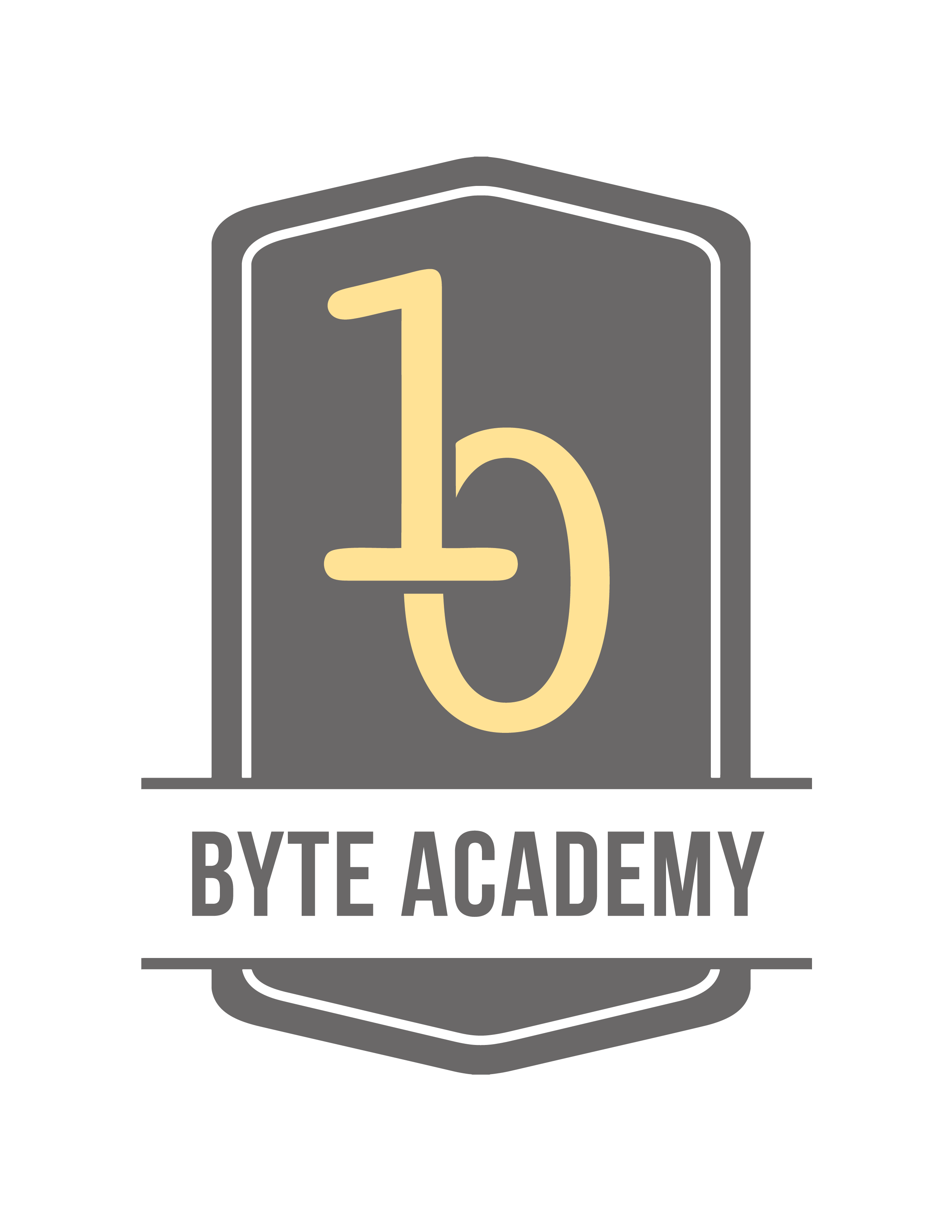We interviewed Kevin Chen, who left his role from Wall Street upon realizing that blockchain technology could disrupt his career there, and decided to make this switch before that happens. He is now the Founder and Head of the IOTA Evangelist Network (IEN) which spreads awareness of “blockless” (non-blockchain) digital ledger technology (DLT), particularly IOTA’s Tangle protocol (some may also be familiar with IOTA’s native cryptocurrency that reached as high as $15 billion in market cap and top 5 of all cryptocurrencies late last year ).
In this FIRST part of this interview, Kevin discusses Tangle and shares his views on blockless architecture, the Bitcoin scalability problem, first, second and third generation blockchains, the machine-sharing economy, internet of things (IoT) and more (to learn from him in person check out his upcoming workshop).
What is IOTA?
IOTA is a cryptocurrency native to the DLT protocol called the Tangle. It is notable for “blockless” architecture where it uses the directed acyclic graph (DAG) instead of the blockchain. Therefore, it is feeless and more scalable than conventional blockchains. Its applications are primarily in the IoT domain, especially for Machine-to-Machine (M2M) micropayments and data messaging.
Tell us more about current blockchain inefficiencies in which IOTA was launched to address.
I believe that when Bitcoin was created, Satoshi intended it to be more of a PoC (Proof Of Concept) to show the feasibility of P2P (peer-to-peer) payments without corruptible intermediaries (i.e. Lehman Brothers) rather than an actual product geared for mass adoption. It happened that blockchain was chosen as the underlying consensus mechanism. However, Bitcoin and the other 1st and 2nd generation altcoins [short for “alternative coins”] became popular quickly, and the blockchain paradigm became more-or-less fixed. Yet, the concerns about blockchain scalability and fees have lingered since the inception of Bitcoin. This bottleneck has escalated to the point of Bitcoin getting hard-forked and a single Ethereum dapp (decentralized application) can cause congestion of an entire Ethereum network.
The blockchain scalability challenge is the following: there can only be a fixed blockchain (1 MB per Bitcoin blockchain) and fixed block interval (10 min average per new Bitcoin block) therefore a fixed transaction per second (3-7 tps for Bitcoin). This is a far cry from Visa, which can handle thousands of transactions per second. What is worse is that with more blockchain usage, average fees increase as transactors have to compete with each other to get their transaction confirmed on the next block, due to fixed transaction throughput. Therefore, the interests between the miners and users are opposite -- miners reap more rewards from the fees at the user's’ expense, creating fundamental conflict between the two camps.
What is IOTA’s solution?
The founders of IOTA (in the blockchain space since 2011) realized that that in order to resolve this scalability problem, they must remove the core bottlenecks: 1) fixed block size 2) intervals. IOTA created its solution, Tangle, a “blockless” DAG protocol which gets rid of blocks and has transactions validate previous transactions.
Tangle is really what really sets IOTA apart. With the Tangle protocol, when a user sends a transaction, that transaction validates two previous transactions before confirmation by future incoming transactions. This enables a stream of incoming transactions to validate prior unconfirmed transactions (“tips”) and eventually getting validated continuously without being held up by discreet blocks. Since the validation process is inherent transactions, there is no need for miners hence no fees. Also, with more usage, more validations that are going on, so there is a higher confirmation rate.
So, is Tangle the "next generation of distributed technology”? We see this reference on the IOTA website.
IOTA Tangle is considered part of the The 1st-generation blockchain is Bitcoin. The 2nd-generation blockchain introduces smart contracts and includes blockchains such as Ethereum. The 3rd-generation blockchain strives to solve the scalability bottleneck issues plaguing previous blockchains. IOTA is part of this generation as it introduces “blockless” DAG as the DLT structure rather than a conventional blockchain.
It sounds like Tangle does not have smart contracts, please explain.
Tangle does not have smart contracts in its 1st layer, in contrast to blockchains like Ethereumas it is a DAG with a continuous stream of incoming transactions and confirmation of transactions. That makes it very difficult to bucket these transactions into discrete “states” where the smart contracts (i.e. dapps) will execute code from one state to another. Although the IOTA Foundation (IF) came up with a possible solution to bucket these transactions based on their timestamps. However, the IF will likely introduce smart contracts as the 2nd layer on top of IOTA Tangle called Qubic, There is another similar community initiative that introduces smart contracts called TOQEN.
What language is the platform written in?
IOTA’s library is written in Java, JS, C, C++, Python, Go, and Rust. You can see more on IOTA’s Developer Portal and Github.electricity, per data packet, per bandwidth, per API call etc).
IoT seems to be a key application of IOTA. Can you discuss more?
Internet of Things (IoT) are “smart” devices that 1) contain sensors that pick up physical environment data 2) connect to the Internet (such as 4G, Wifi, or BLE) and 3) contain embedded computers that enable data processing and computations. The two main categories of IoT: consumer (i.e. wearables and appliances, and industrial (i.e. smart water pumps and assembly lines). Key functionalities of IoT devices are on-demand data transactions and communications. Depending on the use case, it can be a be a spurt of data streams (i.e. time-series temperature data) or more infrequent, on an ad-hoc basis (i.e. machine malfunction alert).
Because the Tangle is both feeless and scalable, it is an ideal protocol for IoT devices to send BOTH micropayment (via IOTA tokens) and data transactions for these varying use cases. Scalability is especially critical with the accelerating growth of new connected IoT devices that need to securely (and in a decentralized manner) transmit information and payment to each other.
What is the IoT vision for IOTA?
Machine sharing economy In short, any machine, robot, device, or vehicle can own a wallet and exchange data, resources, and payment with each other with less human input, hence becoming autonomous economic agents (AEAs). Just like how fog and mist bring computing closer to edge devices to not overload cloud servers, AEAs brings value transaction decision- making closer to the machines so to not overwhelm their human beneficiaries. A common example is an autonomous vehicle (AV) which earns revenue by picking up passengers and has to manage various expenses. These include energy recharging, toll roads, maintenance, insurance, and information sharing from other vehicles (V2V) and cities (V2I).
Can you discuss the industry verticals and business use cases pertaining to IOTA?
IOTA can impact any industry that needs secure data and value microtransactions, especially where IoT interactions will likely be heavily involved. Some of the major verticals include mobility/transportation, supply chain/logistics, smart cities, energy/utilities, manufacturing, and eHealth. Concrete business use cases include Identity-of-Things (IDoT), secure audit trails of packages and sensors, Over-The-Air (OTA) software update attestation, and general Machine-to-Machine (M2M) resource sharing and monetization at various granular units (per Watt of With the progress of AI-capabilities and right DLT protocols like IOTA, AVs will be able to manage their revenue and expenses like an enterprise, and the human owner’s role will shift from hands-on operator (i.e. pay for our car’s gas and repair work) to a shareholder of that AV. This extends to any type of IoT devices that can become AEAs by themselves or as ”hives”.
This is all very interesting. How did you get into the blockchain/crypto space (including IOTA specifically)? Would love to hear more about your background.
I was passively interested in Bitcoin/blockchain since 2012/2013, but I really jumped into the rabbit hole around early-mid 2016. Around that time, there was a surge of interest revolving around FinTech, with blockchain and cryptocurrencies leading the way. Since I was working in the financial industry as a developer and data analyst at that time, I was becoming aware of how this emerging technology may have a direct impact on my job security. I reckoned to really pay attention and jump onto this blockchain trend before it is too late and I get displaced. I first got into Ethereum, particularly with my interest in smart contracts. However, while researching the intersections between blockchain and IoT as a way to explore new application frontiers, I have quickly come across IOTA in late 2016 and been a heavy enthusiast of it ever since.
To learn more about blockchain, IoT and other concepts discussed in his interview, Kevin will be leading “Understanding The Blockchain and IoT Intersection For Enterprises" a one day workshop on November 3 at Byte Academy.
Liked what you read? Checkout Byte Academy's Python Immersive and Intro courses.


